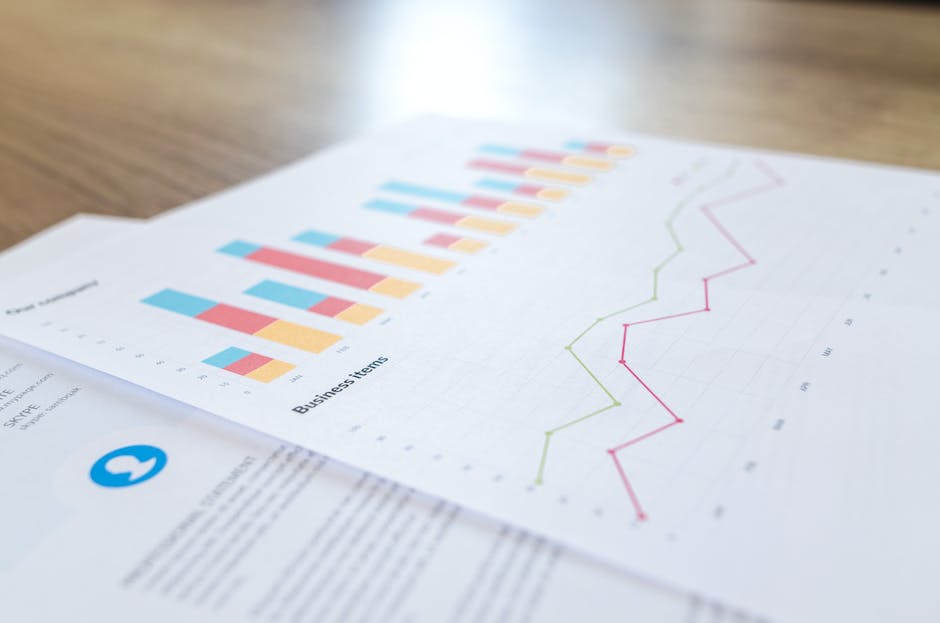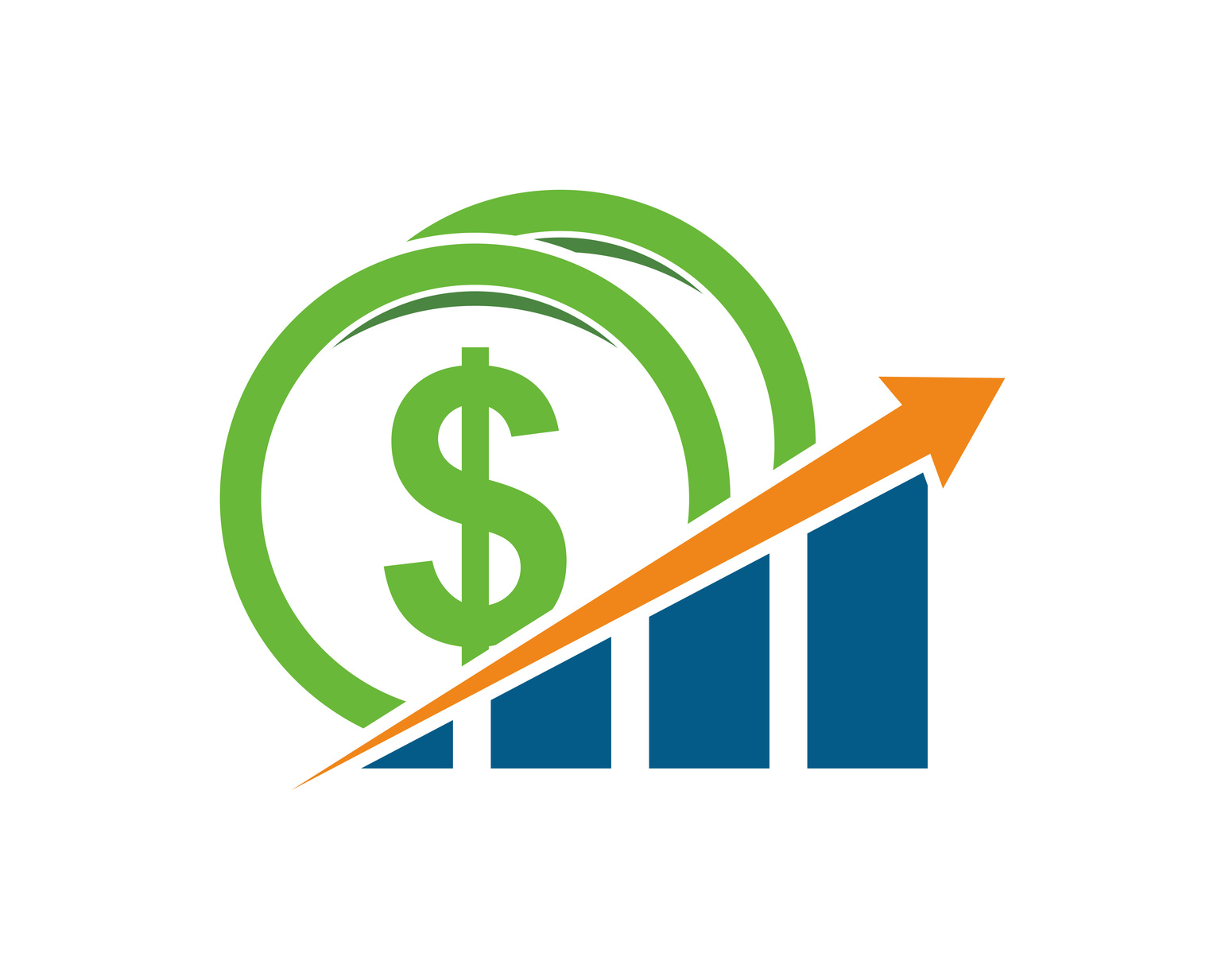Delving into the vast realm of personal finance, we stumble upon various elements that play a significant part in shaping our financial future. Among these, Individual Retirement Accounts (IRA) and inflation are perhaps two of the major factors. They both stand at the crossroads of savings and expenditure, influencing our decisions and lifestyle, particularly during the retirement phase of life. Understanding these concepts in depth is therefore of paramount importance, as it not only empowers us to make informed decisions but also helps us build a safe and secure financial future. At the same time, it is also vital to comprehend how these elements are interconnected, shaping each other and our financial destiny. So, let’s embark on a journey to break down these complex concepts, demystifying the intricate relationship between IRA rates and inflation.
Understanding Individual Retirement Accounts (IRA)
Understanding Individual Retirement Accounts (IRAs)
IRA stands for Individual Retirement Account. It is a tax-advantaged account that allows individuals to save for retirement. There are several types of IRAs including traditional IRAs, Roth IRAs, SEP IRAs, and SIMPLE IRAs. Each type has different rules regarding eligibility, taxation, and withdrawal of funds.
Benefits of IRAs
One major advantage of IRAs is the potential for growth through compounding. Over time, the money in an IRA earns interest, and that interest then earns interest on itself, creating a compounding effect that can significantly increase the amount of money saved for retirement.
Additionally, different types of IRAs offer different tax advantages. Traditional IRAs may provide a tax deduction in the year a contribution is made, while Roth IRAs allow for tax-free withdrawals during retirement. The ultimate benefit, however, is they encourage and promote saving for retirement, providing financial security in non-earning years.
IRA Rates and Economic Factors
Like any other savings or investment plan, IRA values can be influenced by a number of economic factors. These include interest rates, stock market performance, and economic health. A bullish (rising) stock market can boost the value of IRA if it’s invested in stocks, whereas a bearish (falling) market can reduce the value.
Understanding Inflation and its Impact on IRAs
Inflation is the increase in goods and services over a given period of time, typically measured annually. As the cost of living rises, the purchasing power of a dollar falls. That means the same amount of money will buy less in the future than it does today.
For those saving for retirement, inflation represents a significant risk. Over time, inflation can erode the purchasing power of money saved in an IRA. A common way to mitigate this risk is to adjust the target retirement savings goal to account for projected inflation.
For instance, if you need $1 million to retire comfortably today, you might need $2 million or more to have the same purchasing power in 30 years, given an average inflation rate of 2-3%. Some IRA investments, like Treasury Inflation-Protected Securities (TIPS), offer protection against inflation.
Keeping Pace with Inflation through IRA Rates
An Individual Retirement Account (IRA) must be managed with a keen eye for rates of return. Specifically, the gains from your IRA—whether through interest, dividends, or capital gains—should ideally supersede the rate of inflation. Over time, a balanced IRA portfolio containing diverse assets such as stocks and bonds has been found to meet this requirement.
The precisely attained IRA rate, however, is a function of multiple factors – the kind of IRA one possesses, the particular assets within the IRA, and the overall economic conditions. Consequently, to maintain pace with inflation, it’s critical to revaluate and adjust your investment plans continually. Current inflation rates, prevailing economic trendlines, and personal retirement objectives should be central considerations when revising these strategies. A consultation with a financial advisor can provide valuable insight for crafting an effective approach.

In-depth Insights into Inflation
Gauging Inflation and its Implications
Inflation is essentially a representation of an overall surge in prices resulting in decreased purchasing power of your money. Inflation does not refer to price changes of individual items, but rather signifies a more comprehensive, sustained price rise. Measurement of the overall inflation rate is often done through the Consumer Price Index (CPI) or the Personal Consumption Expenditures Price Index (PCEPI), with CPI being a more prevalent tool for general discussions around inflation.
The Central Bank, in this case, the Federal Reserve, uses these indices to set monetary policy, aiming to manage inflation within a prescribed target. The present target inflation rate in the United States stands at 2%. The Federal Reserve makes adjustments to interest rates based on these targets; when inflation exceeds the target, interest rates are raised to prevent the economy from overheating. On the contrary, if inflation falls below the target, interest rates are lowered to invigorate economic activities.
Inflation and Its Impact on Purchasing Power
Elevated rates of inflation directly erode the value of money over time because it reduces purchasing power. In practical terms, this means that as inflation increases, the same amount of money can buy less than it previously could. For example, if the annual inflation rate is 2%, then a product costing $100 today will cost $102 a year from now.
Inflation’s Relation to IRA Rates
When it comes to investing and planning for retirement, the rate of inflation is a key consideration, specifically for Individual Retirement Accounts (IRAs). The earned interest rates over the life of an IRA investment must surpass the rate of inflation to ensure that the value of the retirement savings doesn’t erode over time.
If an IRA has an annual return of 2%, but inflation is also 2%, then in real terms – considering purchasing power – the IRA investment is not truly growing. In this situation, the investor would need a higher rate of return on their IRA to outpace inflation and grow their savings.
Adjusting IRA Investments for Inflation
Due to the cumulative nature of inflation, it is crucial for potential investors to regularly adjust their IRA investments to account for inflation. Most financial advisors recommend investing in a diversified blend of low-cost index funds, stocks, and bonds in your IRA to potentially earn higher returns and counteract inflation rates.
In the current investment landscape, the inclusion of assets that tend to move inversely to inflation, such as treasury inflation-protected securities (TIPS) and certain types of stocks, can be wise additions to an IRA portfolio.
Wrapping It Up
Recognizing inflation’s role in the value of one’s retirement savings is crucial. To secure and increase your investment’s purchasing power, it’s essential to ensure your Individual Retirement Account or IRA’s rate of return trumps the rate of inflation. Hence, staying informed about the dynamics of inflation is important when strategizing for your retirement life.

How IRA Rates Respond to Inflation
Diving into IRA Rates
An Individual Retirement Account or IRA is a sort of savings reserve that offers individuals a chance to save for their retirement while reaping the tax benefits. The interest yield on such an account differs according to the type of IRA and the specific investments contained in it. Some IRAs are a blend of bonds, stocks, and liquid assets; some put their faith entirely in certificates of deposit (CDs), while others offer a more diverse mix encompassing mutual funds, exchange-traded funds and more.
The Impact of Inflation on Retirement Savings
Inflation refers to the general increase in prices and the subsequent fall in purchasing power of money over time. It means that the same amount of money will buy fewer goods and services in the future compared to today. As a result, if the rate of return on an IRA is less than the rate of inflation, the purchasing power of the funds in the IRA declines.
In other words, despite growing the monetary value of your savings through interest or returns on investments, you might actually be able to buy less with your savings due to inflation. This is why it is so crucial to take into account inflation when planning for retirement and determining how much to save.
IRA Rates vs Inflation
Inflation often prompts financial institutions to increase interest rates in an effort to curb inflation and keep the economy in check. For IRAs invested in interest-rate-sensitive instruments like bonds or CDs, this can translate into higher rates of return.
However, if most of your IRA is invested in the stock market, the impact could be different. Inflation can fuel market uncertainty, and in the short term, it could lead to lower stock returns. But in the long-term, companies may adjust by increasing their prices, which can lead to higher profits and potentially higher stock prices.
Planning for Inflation in Retirement
Inflation can pose a threat to retirement savings. However, a range of strategies can defend against this economic factor.
- Diversification: Investors can mitigate risk by spreading their funds across different asset classes such as stocks, bonds, and real estate. This technique lessens the impact of a single sector’s poor performance.
- Treasury Inflation-Protected Securities (TIPS): These government bonds adapt to inflation. With increasing inflation, the TIPS principal also increases which offers protection against rising prices.
- Annuities: Some annuities come with cost-of-living adjustments that can ensure income keeps pace with inflation.
- Roth IRAs: A Roth IRA allows for tax-free withdrawals in retirement, which can be useful during times of high inflation when tax liabilities may also increase.
Financial advisors can offer personalized guidance based on individual financial circumstances and retirement goals, and it is advisable to consult with one before making retirement savings and investment decisions.

Case Studies Illustrating the Impact of Inflation on IRA Rates
The 1970s Stagflation Period and Its Effect on IRA Rates
The 1970s era known as ‘stagflation’ posed considerable economic challenges in the US. The economy at this time featured low growth, high unemployment, and significant inflation, with yearly rates averaging around 7.25%. This figure far exceeded the standard historical inflation rate of 3.22%.
This economic turbulence had a marked impact on IRA rates. 1974 saw the introduction of IRA-related laws. For the latter part of the decade, IRAs generated between 4% and 6% interest annually. However, with inflation soaring, this period ultimately produced negative real return on retirement investments.
Case 2: 1980s – High Interest Rates
In contrast, the 1980s were characterized by higher interest rates with the Federal Reserve raising rates to combat inflation. The average inflation rate for this decade was around 5.82%. However, the interest rates for IRAs during this decade were also considerably high. For instance, in 1982, the interest rates for a six-month IRA CD could reach up to 12%.
Considering the rates of inflation during this period, the real return on retirement investments could potentially be positive for those who locked in their IRA rates early in the decade.
Case 3: 1990s – Low Inflation
The 1990s was a decade of economic growth characterized by low inflation and decreasing interest rates. The average inflation rate during this decade was around 2.86%.
Throughout the decade, IRA rates were in decline. For example, the interest rate for a six-month IRA CD dropped to around 3% by 1999. However, given the low inflation rate, the real return on retirement investments during this period would likely still be positive although lower than in previous decades.
Case 4: 2000s – Great Recession
The 2000s were marked by two recessions, with the Great Recession at the end of the decade having a more significant impact on inflation rates and IRA rates. The average inflation rate for the decade was around 2.5%.
IRA rates during this time varied. In the early 2000s, interest rates for a six-month IRA CD were around 5%. However, by 2009, these interest rates had dropped to less than 1%, mainly due to federal efforts to stimulate the economy by cutting interest rates during the recession.
Given the rates of inflation during this decade, the real return on retirement investments would depend on when investments were made. Those who invested when rates were higher in the early part of the decade would likely see positive returns, while those who only started investing when rates were low would likely see a lower, if not negative, real return.

The influence of inflation on IRA rates is a keenly scrutinized subject, primarily due to the significant effect it holds over our retirement savings. By understanding the mechanics of inflation and its impact on IRA rates, one can devise strategies to guard their retirement savings against the diminishing force of inflation. While the correlation between these may seem a bit complicated initially, deep knowledge and keen observation of these two can pave the way for a financially secure retirement. Remember, financial wisdom lies in understanding the economic tides and planning accordingly. After all, with the right knowledge and strategies, one can successfully turn the complex relationship between IRA rates and inflation into an advantage that ensures a safe and comfortable retirement.

